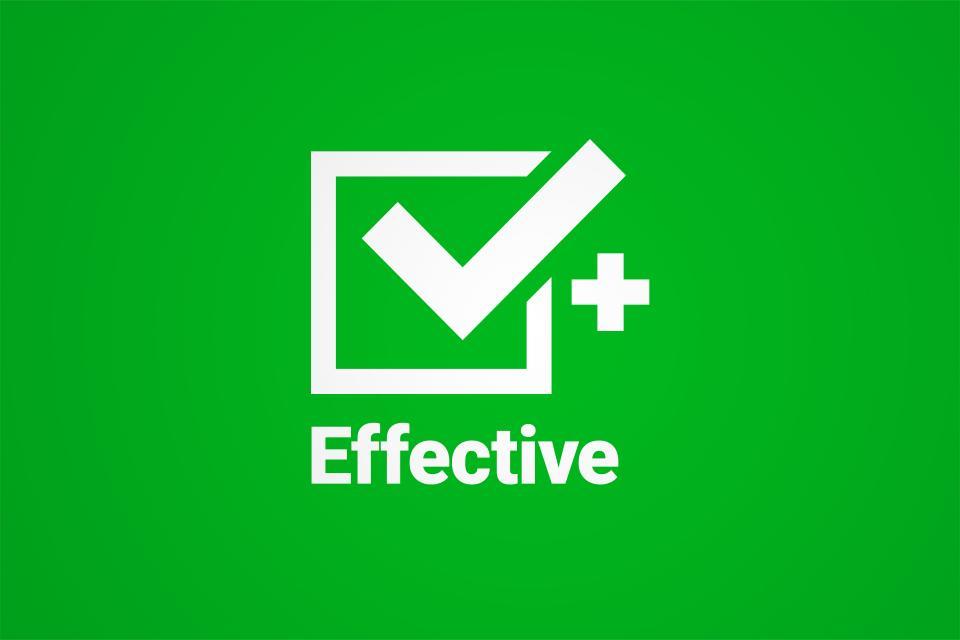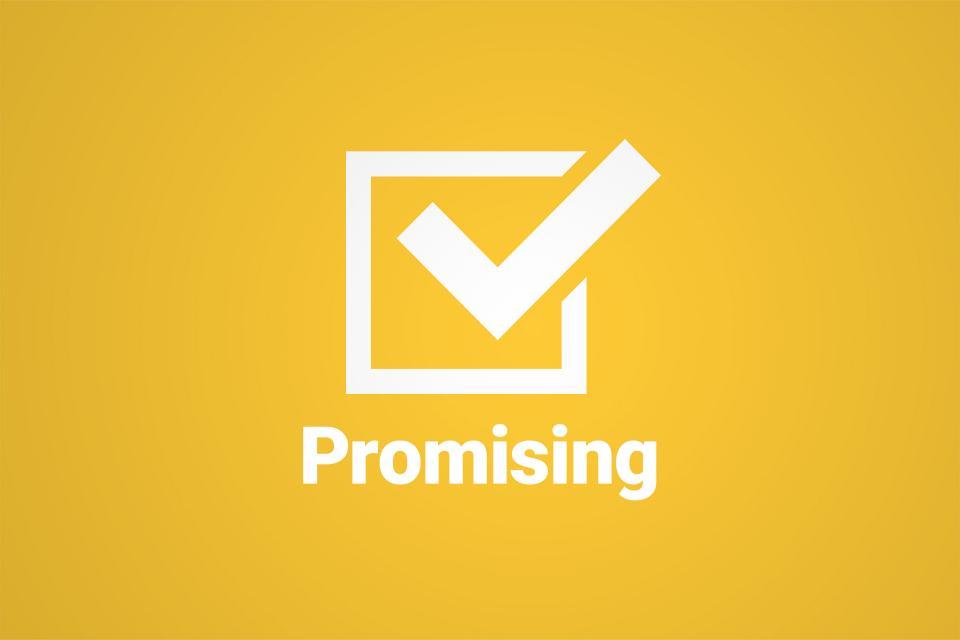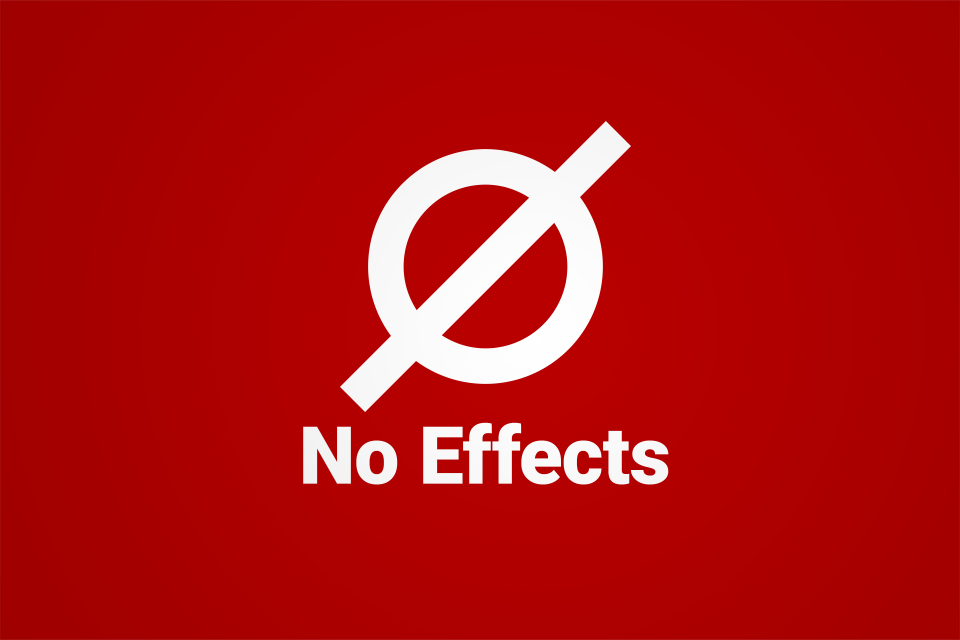Changes Coming to CrimeSolutions
Read a message from NIJ Director Nancy La Vigne regarding some major changes to the CrimeSolutions review process and website in the coming months.
CrimeSolutions’ ratings are assigned from standardized reviews of rigorous evaluations and meta-analyses. While we encourage you to learn more about this process, you don’t need to in order to benefit from it. Our clear ratings and profiles can help you determine if a program or category of program is worth pursuing.

An Effective program is likely to result in the intended outcomes. An Effective practice outcome indicates, on average, there is strong evidence that implementing a program encompassed by the practice will achieve the intended outcome.

A Promising program may result in the intended outcomes. A Promising practice outcome indicates, on average, there is some evidence that implementing a program encompassed by the practice will achieve the intended outcome.

A No Effects program is unlikely to result in the intended outcomes and may result in negative outcomes. A No Effects practice outcome indicates, on average, there is strong evidence that implementing a program encompassed by the practice will not achieve the intended outcome or may result in a negative outcome.
A Program is a specific set of activities carried out according to guidelines to achieve a defined purpose. Program profiles on CrimeSolutions tell us whether a specific program was found to achieve its goals when it was carefully evaluated.
A Practice is a general category of programs, strategies, or procedures that share similar characteristics with regard to the issues they address and how they address them. Practice profiles tell us about the average results from multiple evaluations.


